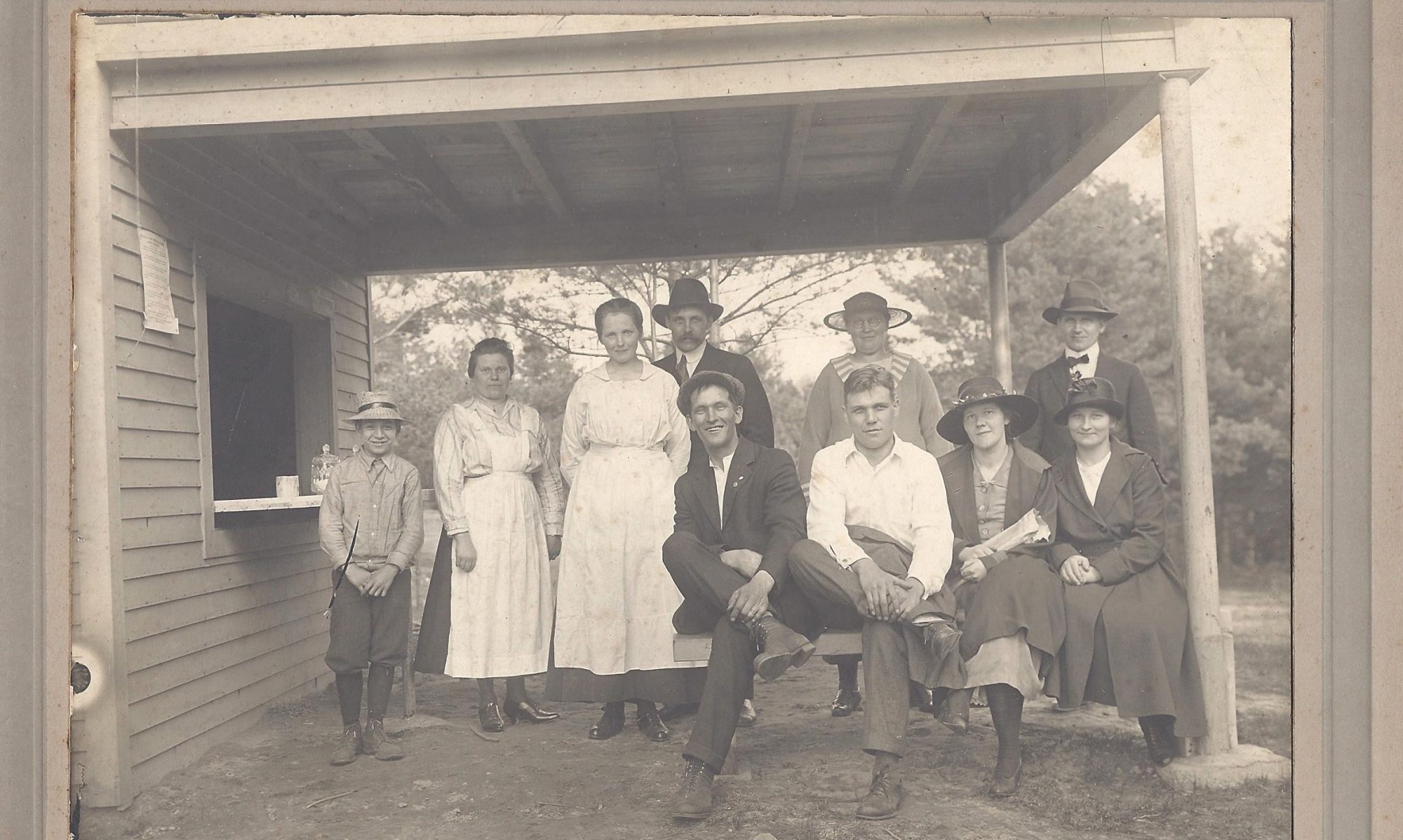The town of Newport was divided up along the Sugar River to try to allow each new farmer in the area fertile land and “in 2016, Newport surveyor Cliff Richer identified the east and west boundaries of the first lots of land along Unity Road and Route 10. Granite posts along the golf course mark the western border, and across the meadow, a stonewall along Route 10 marks the eastern border.”[1] Granite posts were the standard method used to determine the borders between one farm or town, to the next farm or town in New Hampshire, and to this day New Hampshire’s nickname is the Granite state. These farmers didn’t all get access to the same type of land, despite efforts to try and give each new farmer fertile land. For example,
“If white oak trees were present, the land was hard and stony. They knew that pitch pine land was dry and sand and suitable for growing corn and rye. White pine land was also light and dry but with deeper soil. Beech and maple land was thought to be the easiest to cultivate: its rich warm loamy soil did not need ploughing to grow grass, corn or grain. Black and yellow birch, white ash, elm and alder trees also predicted a good, deep, rich soil.”[2]
This means that the settlers in the area were growing corn, rye, grain, and grass, the grass being used most likely to feed cattle. However these byproducts of farming could only get a frontier community like Newport so far. The town of Newport owes its early success to Fort Number 4, which provided all of the dry goods necessary to sustain life in a rural frontier community. These dry goods were, “staples such as salt, flour, tea, coffee, and tobacco. It was also the site for conducting the official business of newly chartered towns in this area.”[3] This fort’s primary objective was to protect any and all future invasions by the French to the north in Quebec, while also serving as a trading post. It was named Fort Number 4 because it was the fourth fort from the Massachusetts border built as defense against the French. It did not see action during the French and Indian War nor the American Revolution.
Previous Page: Colonial Settlement
Next Page: Antebellum Newport
[1] McGuire, 8.
[2] McGuire, 11.
[3] McGuire, 7.
